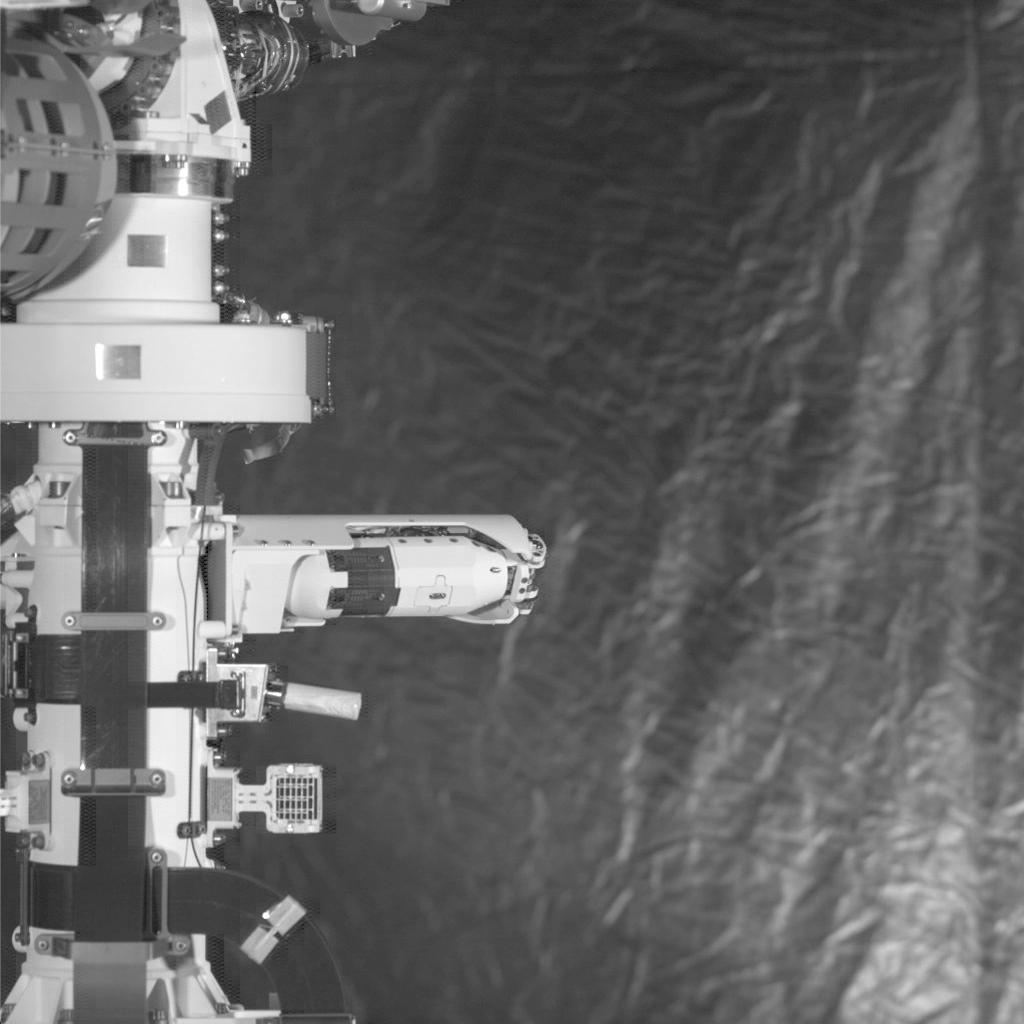MEDA’s Wind Sensor Springs Out
Caption:
Click here for animation
One of two wind sensors springs out of the mast on NASA's Perseverance Mars rover. These sensors are part of the Mars Environmental Dynamics Analyzer (MEDA), the rover's set of weather instrumentation. MEDA was provided to NASA by the
Centro de Astrobiología
(CAB) at the Instituto Nacional de Técnica Aeroespacial in Madrid, Spain.
Background Info:
A key objective for Perseverance's mission on Mars is
astrobiology
, including the search for signs of ancient microbial life. The rover will characterize the planet's geology and past climate, pave the way for human exploration of the Red Planet, and be the first mission to collect and cache Martian rock and regolith (broken rock and dust).
Subsequent missions, currently under consideration by NASA in cooperation with ESA (the European Space Agency), would send spacecraft to Mars to collect these cached samples from the surface and return them to Earth for in-depth analysis.
The Mars 2020 mission is part of a larger program that includes missions to the Moon as a way to prepare for human exploration of the Red Planet. Charged with returning astronauts to the Moon by 2024, NASA will establish a sustained human presence on and around the Moon by 2028 through NASA's
Artemis lunar exploration plans
.
The Jet Propulsion Laboratory, which is managed for NASA by Caltech in Pasadena, California, built and manages operations of the Perseverance and Curiosity rovers.
Cataloging Keywords:
| Name |
Value |
Additional Values |
| Target |
Mars |
|
| System |
|
|
| Target Type |
Planet |
|
| Mission |
Mars 2020 |
Mars Science Laboratory (MSL) |
| Instrument Host |
Perseverance |
Curiosity Rover |
| Host Type |
Rover |
|
| Instrument |
Mars Environmental Dynamics Analyzer (MEDA) |
|
| Detector |
|
|
| Extra Keywords |
Dust, Grayscale |
| Acquisition Date |
|
| Release Date |
2020-11-13 |
| Date in Caption |
|
|
| Image Credit |
NASA/JPL-Caltech |
| Source |
photojournal.jpl.nasa.gov/catalog/PIA24175 |
| Identifier |
PIA24175 |

 Planetary Data System
Planetary Data System
